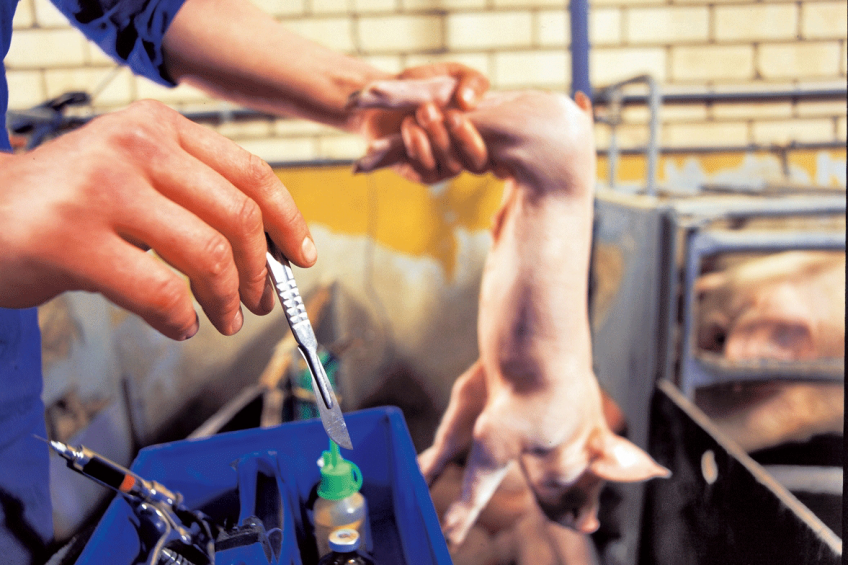Race is on to find solution to boar taint

With the possibility of January 1 2018 marking the end of the use of castration as a solution to boar taint the search for alternatives has begun. One such alternative being investigated at Aarhus University is the adding of a substance to boar feed that will capture the foul odour.
Boar taint is the main reason for castrating young male pigs, it a painful experience for the young pig and extra work for the farmer. Plus, several main players in the pig meat chain have agreed on a plan to voluntarily end the surgical castration of pigs in Europe by 1 January 2018.
Scientists from Aarhus University are started a two year project new project funded by the Green Development and Demonstration Programme under the Ministry of Food, Agriculture and Fisheries, to reduce the concentration of the substances that create the foul smell. The project is aiming to find out whether the substances that taint the meat can be taken out of circulation by using adsorbents. Adsorption occurs when a material binds another substance to its surface. One of the substances that cause boar taint, which the scientists are putting under the microscope, is androstenone.
Boar taint in the meat is caused by two components: skatole and androstenone. A lot of research has been carried out on skatole, but there is very little knowledge about androsterone, according to senior researcher Nuria Canibe from the Department of Animal Science at Aarhus University and leader of the research project.
Androstenone is a substance produced by the mature male pig, which he uses, among other things, to attract sows in heat. It is found in high concentrations in the boar’s saliva. The boar’s excess androstenone can be found in the blood plasma and adipose tissue, which is why it taints the meat.
New research shows that adsorbents such as activated carbon can reduce the concentration of androstenone in fat and blood plasma and thus reduce boar taint in the roasted meat. Activated carbon has been used for centuries to bind moisture, odours and noxious substances and to clean air and water.
The scientists will examine whether androstenone is absorbed from the gut. They will identify how much of the adsorbent effect can be attributed to the binding of androstenone in the gut and to the binding of sex hormones that could potentially affect the metabolism of androstenone in the liver. Finally, the scientists will develop methods to identify adsorbents that have the potential to reduce boar taint.
[Source: Aarhus University]











